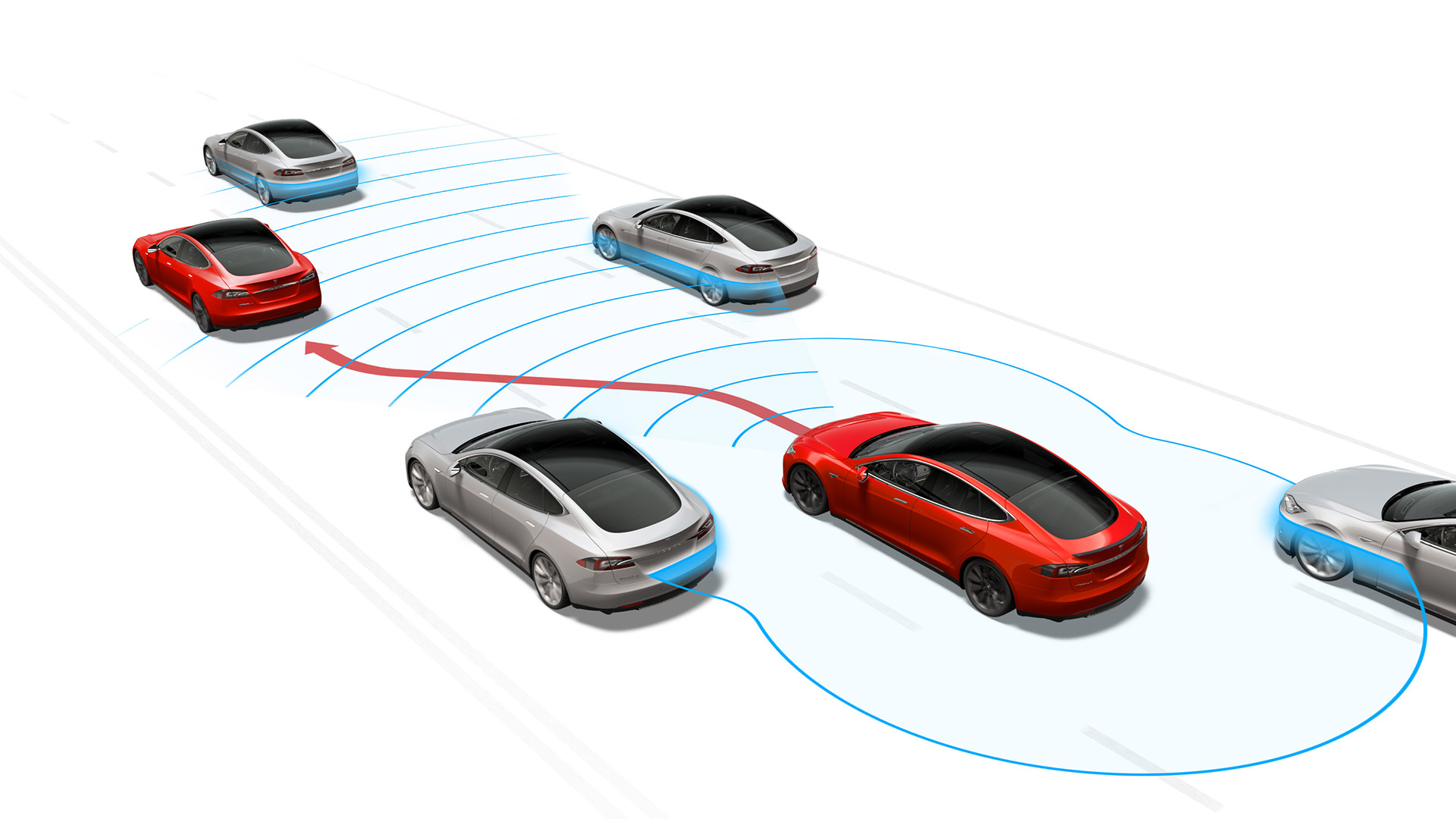

When reports surfaced a few months ago suggesting that newly-delivered European-market Tesla Model 3s didn’t have Autopilot activated, The Drive‘s Bertel Schmitt investigated and found that a possible culprit was the UN/ECE Regulation 79. Now, thanks to the Autopilot hacker GreenTheOnly’s reveal of the release notes for the latest Autopilot update we can confirm that Regulation 79 is indeed affecting the functionality of the driver assistance system in Europe.
GreenTheOnly recently tweeted the release notes for Autopilot’s version 19.16 update, showing that Model S and Model X owners in certain markets will have Autopilot’s functionality limited when the release goes live. The code revealed by GreenTheOnly indicates that the changes affect second-generation Tesla vehicles in Austria, Belgium, Bulgaria, Croatia, The Czech Republic, Denmark, Estonia, Finland, France, Germany, Gibraltar, Greece, Hungary, Iceland, Ireland, Italy, Latvia, Lithuania, Monaco, The Netherlands, Poland, Portugal, Romania, Russia, Slovakia, Spain, Sweden, Switzerland, Turkey and The United Kingdom.
All the listed countries are signatories to the UN/ECE Regulation 79, which establishes standards for type approval of steering equipment. The latest version of Regulation 79 was adopted by the European Union in December of last year, states that “as from 1 April 2018, Contracting Parties applying this UN Regulation shall not be obliged to accept UN type approvals to any preceding series of amendments, first issued after 1 April 2018.” As a result, Tesla is having to update its Autopilot system to conform with the requirements of the lengthy and complex regulation and is stripping functionality from the system in these markets.
The release notes state that Tesla is limiting the steering angle that Autopilot is able to engage, reflecting section 5.6.4.4 of Regulation 79 which limits the maximum lateral acceleration allowed by a “Category B” lane-keeping system to 3 meters per second squared. Tesla is also changing its automated lane-change system so that it must complete a lane change within five seconds of signaling, which tracks the requirements for such “Category C” systems in “M1” vehicles like Tesla’s as laid out in section 5.6.4.6.5. Section 5.6.1.2.7 of Regulation 79 also limits the range of a “Remote Controlled Parking” system to 6 meters, potentially explaining the new requirement that a phone be connected to the car’s bluetooth system in order to use the “summon” feature, though this could also be related a desire for a more direct connection between the controlling phone and the car rather than routing “summon” control signals through Tesla’s servers as is done in other markets.
Regulation 79 has wreaked havoc on the automated driving aspirations of other automakers, including Audi who were said to be seeking an exemption from related rules for its Level 3 system as far back as 2017. Last year the German premium brand canceled plans to roll out its system, called “Traffic Jam Pilot,” in Europe due at least in part to regulatory challenges. As Schmitt noted in his earlier story, changing rules around automated driving systems could become increasingly challenging in the “type approval” regulatory schemes used in Europe and elsewhere, although at least Tesla’s remote over-the-air update capability gives it some ability to keep up with these changes.